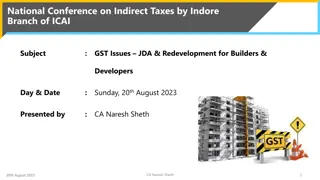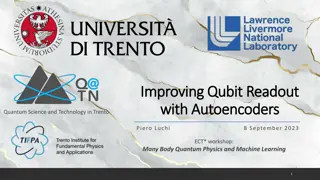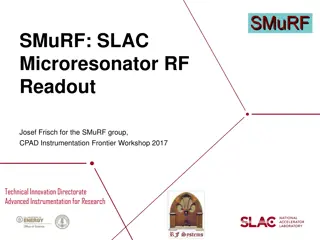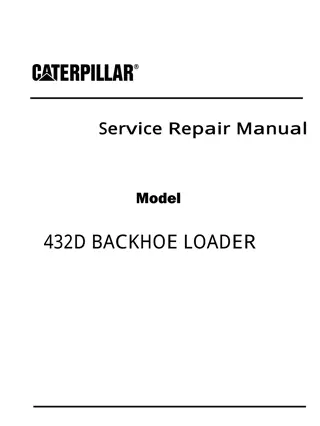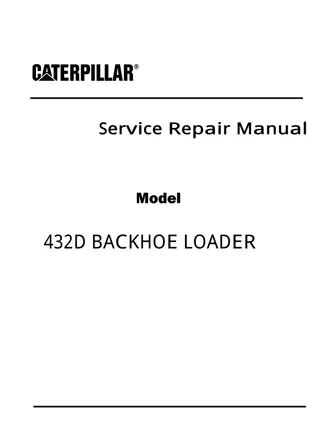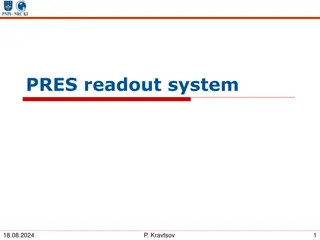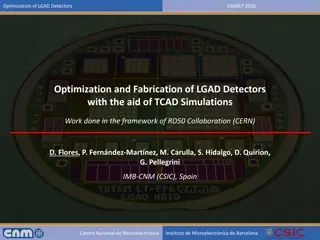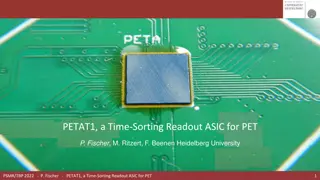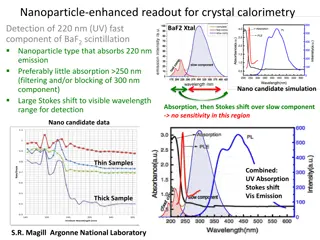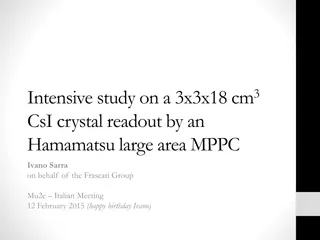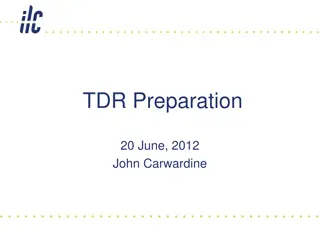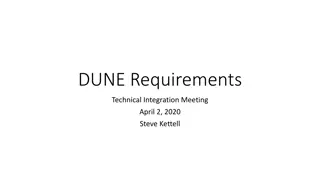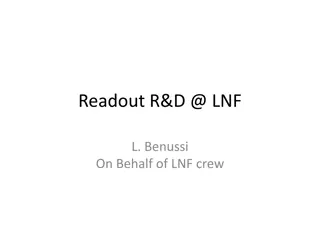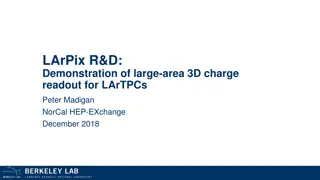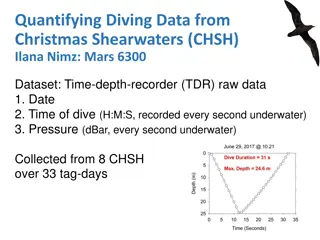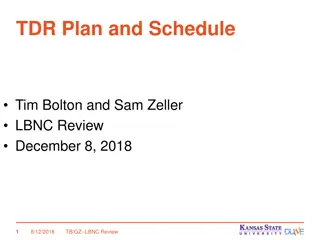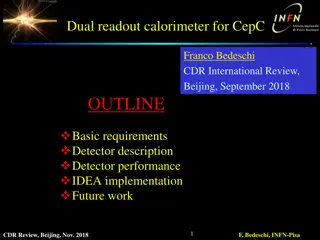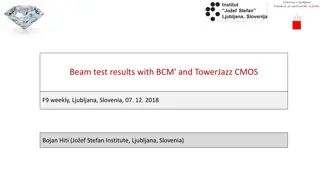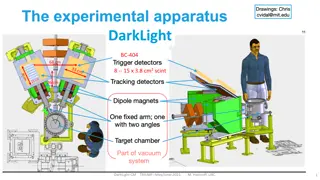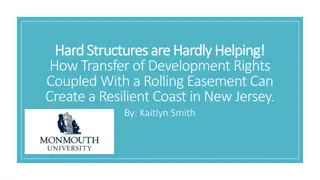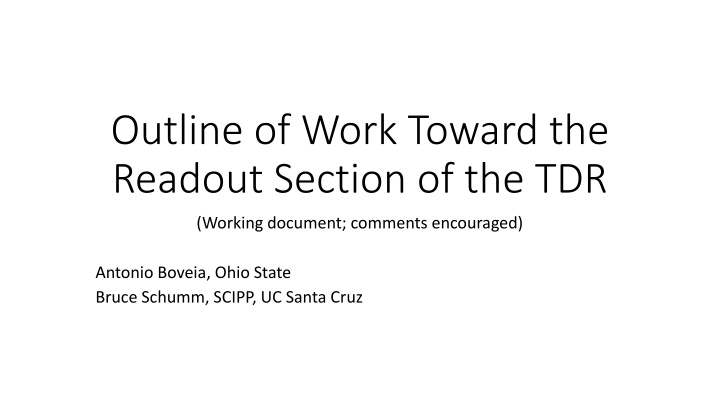
Advanced Research on TDR Readout Section
Explore the latest developments and discussions on the readout section of the TDR, including component simulation, readout noise considerations, ALTIROC architecture, and minimum readout speed requirements. Consultations with experts guide the work towards LpGBTx needs and system design procedures.
Download Presentation

Please find below an Image/Link to download the presentation.
The content on the website is provided AS IS for your information and personal use only. It may not be sold, licensed, or shared on other websites without obtaining consent from the author. If you encounter any issues during the download, it is possible that the publisher has removed the file from their server.
You are allowed to download the files provided on this website for personal or commercial use, subject to the condition that they are used lawfully. All files are the property of their respective owners.
The content on the website is provided AS IS for your information and personal use only. It may not be sold, licensed, or shared on other websites without obtaining consent from the author.
E N D
Presentation Transcript
Outline of Work Toward the Readout Section of the TDR (Working document; comments encouraged) Antonio Boveia, Ohio State Bruce Schumm, SCIPP, UC Santa Cruz
Updated Component Simulation Latest HGTD geometry & material Best (conservative) guesses at material distributions both inside and outside (albedo) of HGTD Simulate ~10K each of all-hadronic ttbar, minimum bias Consultants: Christian Ohm (KTH) and Sabrina Sacerdoti (LAL) for HGTD Ariel Schwartzman (SLAC), Dirk Zerwas (LAL), Irena Nikolic (LPNHE Paris) for overall generation/simulation support Much of this work happening for free from our perspective; we need to request and oversee generation of the MinBias and hadronic ttbar samples.
Readout Noise Discussion just now starting between sensor and readout communities Must account for gain loss with radiation dose; picture just clarifying for sensors Or, expected 10% occupancy at inner radii may set scale for conservative estimate of noise rate (i.e., 1%) Consultants: Hartmut Sadrozinski (SCIPP)
ALTIROC Architecture and Data Flow Tracking Stream (as opposed to LUM stream) Data rates from simulation Local buffering is Matched Hit Buffer Readout speed and size of Matched Hit Buffer are connected (more of one allows less of the other) Need to understand/provide guidance to design procedure for ALTIROC system Consultants: Raimon Casanova Mohr (IFAE)
Minimum Readout Speed Use ttbar events with pileup, embedded in minbias stream Find rate of information loss (from ttbar event) Determine required bandwidth from distribution of hits, and total readout latency (readout time for most occupied module) Will be location (especially ) dependent Most important input to quantifying LpGBTx needs Consultants: Extension of studies done previously by Christina Agapopoulou (LAL)
LpGBTx Requirements Input from extended data-rate studies Additional requirements from DCS (slow control) functions? Additional requirements from ALTIROC control and monitoring? FELIX protocol and communication requirements? Raimon Casanova Mohr for ALTIROC Usha Mallik (Iowa) for DCS Francesco Lanni (BNL), Jinlong Zhang (ANL), Giovanna Lehmann- Miotto (CERN) for FELIX
FELIX Component Count Back of the envelope estimates have been done Need to be collected and documented Need to be re-done with potentially updated LpGBT findings, and confirmed by experts. Consultants: FELIX experts on the last page
Luminosity System Component Count Independent data stream splitting off at ALITROC output Already part of LpGBT estimates, which are likely robust (system has 100% occupancy by definition) Physical separation of streams downstream of LpGBT Custom FELIX-like system (but faster) under development; led by KTH Estimates of system costs need to be done, more or less from scratch Consultants: Jonas Strandberg (KTH), Christian Ohm (KTH)

